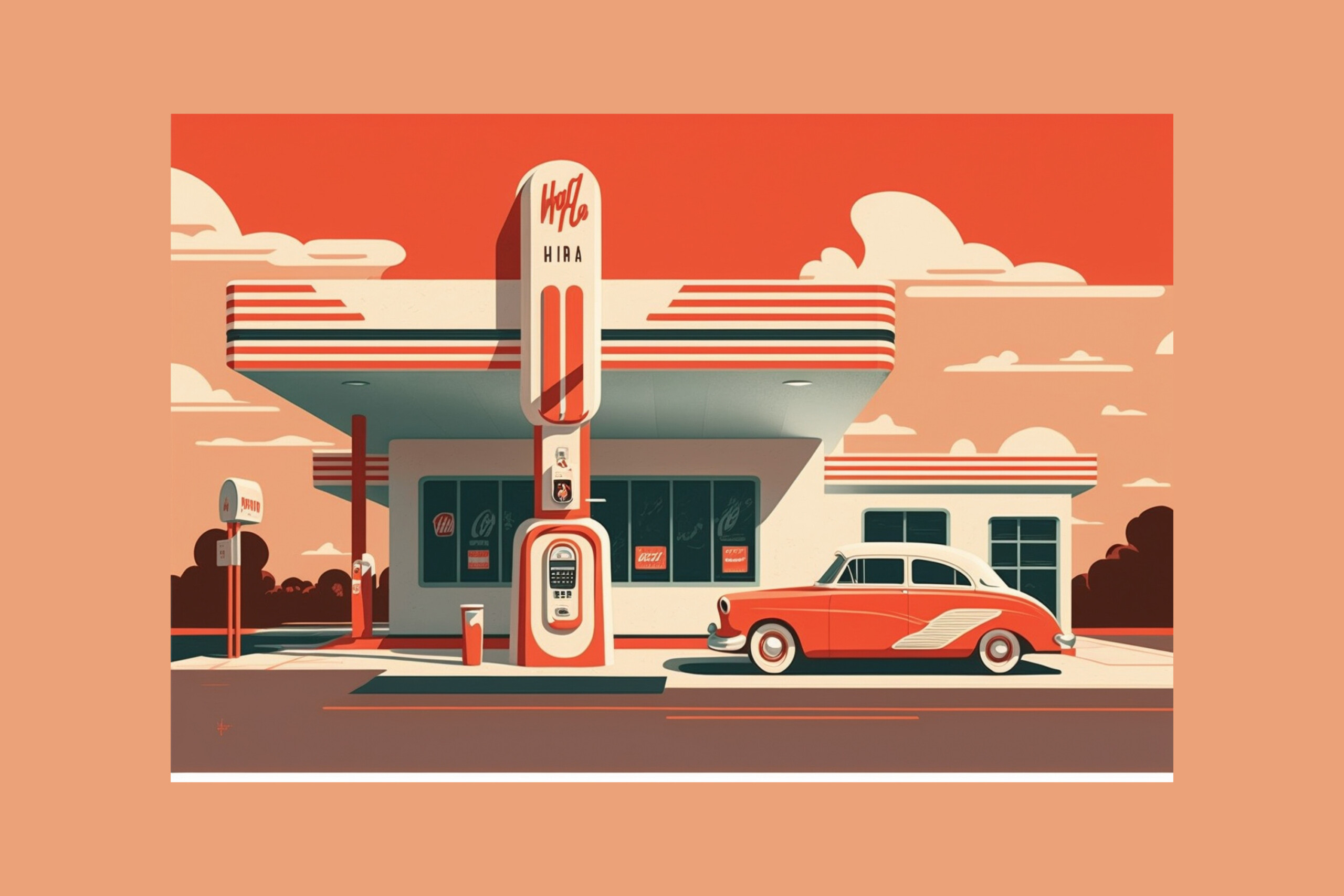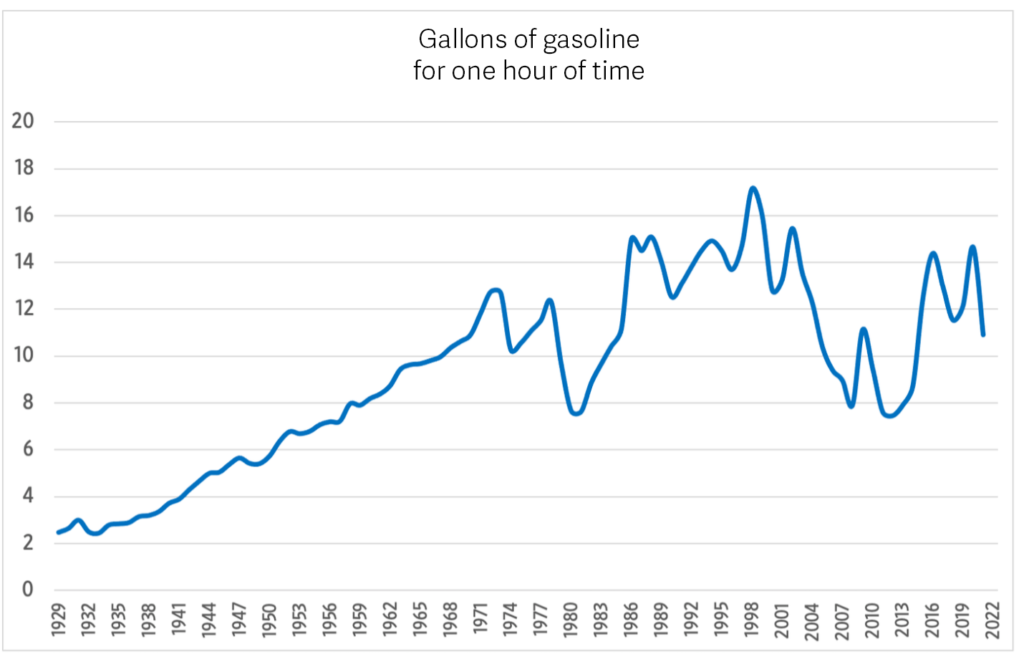Summary: This article defends cornucopianism, the idea that human ingenuity and free markets can overcome environmental challenges and provide material abundance for humanity. It argues that cornucopianism is not a naive optimism but a realistic perspective based on historical evidence and logical reasoning.
Dr. Pangloss, a character in Voltaire’s satirical novel Candide, has the famous delusion that we live in the best of all possible worlds. If you have a pessimistic slant, you might consider “Panglossian” an apt descriptor for those of us who endlessly chant about progress. To avoid Panglossianism, any good herald of progress keeps two thoughts in their head at once: the world has plenty of problems, but it is also getting better.
We die, but later than we used to. A smaller and smaller share of the world’s population is illiterate, undernourished, or extremely poor. People in almost every country are less likely to die from tuberculosis, diarrhea, and other maladies that ravaged humanity for millennia. Even war deaths and homicides seem to be on a long-term decline (with a handful of countries like El Salvador, Honduras, and Venezuela bucking that trend).
The late Hans Rosling’s term, “possibilist,” is a more accurate description for those who recognize that we live in an imperfect but improving world. A possibilist, wrote Rosling, is “someone who neither hopes without reason, nor fears without reason, someone who constantly resists the overdramatic worldview.” Still, even this type of optimism annoys detractors.
One recent accusation of Panglossianism comes from two eminent evolutionary biologists, Heather Heying and Bret Weinstein. In the newly released A Hunter-Gatherer’s Guide to the 21st Century, they attack “Cornucopianism,” the economistic belief that infinite growth is possible and that resources aren’t finite. “The vast majority of Earth’s resources are finite,” they argue. “From rubber to wood to oil, from copper to lithium to sapphires, all are limited.”
This idea is unfortunately common. In Human Race: 10 Centuries of Change on Earth, a book that I reviewed this summer, the prolific British historian Ian Mortimer argues that it is a certainty that oil will run out. Because we’re exploiting the black gold so ruthlessly, he writes, “it will run out at some point in this current millennium, there is no doubt about that; it is just a matter of when.” (Emphasis added). Both these notions are wrong – or at least seriously overstated.
Mortimer’s oil
According to the latest BP Statistical Review of World Energy, the world’s proven reserves of oil totaled 1,732.4 billion barrels last year. During 2019, the most recent pre-pandemic year, the world consumed about 31 billion barrels, meaning that we have just shy of 56 years of proven oil stocks left – a little less if oil consumption were to keep rising with its historical trend. By that logic, Mortimer is being conservative; oil will run out this century.
Not quite. In 2000, we used 25.2 billion barrels of oil out of proven reserves of 1300.9 billion (52 years of supply left). Today we have 56 years of supply left, even though we now use about 25 percent more oil than we did in 2000. Over the last twenty years, then, humanity has used a lot of oil, but oil has become more plentiful. How can that be?
While the total amount of oil in the ground doesn’t change very much from one year to another, three more important things do:
- How much oil we know about.
- How much of that oil we can technically extract.
- How much of that oil it is economical to extract.
Those three things change over time, and that makes a great deal of difference. We find oil in places we didn’t know it existed, and new technologies unlock previously inaccessible reserves. And, if oil does become scarcer, its price increases, thus incentivizing lower consumption and increased production. As long as prices are free to reflect economic reality, the “cornucopian” conclusion follows: oil will not run out before it becomes obsolete.
A late-nineteenth-century whaler could have made the same argument as Mortimer. Whales are finite resources. They reproduce slowly. Given humanity’s greed, want for light, and ever-faster whaling ships, Moby Dick doesn’t stand a chance. His kind will perish sometime next millennium.
Except, of course, reality played out very differently. Today, almost all species of baleen whales on the IUCN’s Red List are several rungs above Critically Endangered (most are on the LC – Least Concern – rung), and all but two species of Right Whales are increasing. Humpbacks, those majestic creatures that astonish tourists in every ocean, may have surpassed their pre-industrial numbers, according to research reported on in Time Magazine.
What happened was that new inventions outcompeted whale oil for fuel and lighting, and consumer demands – and wealth – changed, so much so that almost every country has banned the hunting of whales.
The Cornucopia of raw materials
Raw materials like copper, silver, tin, or wood are finite. Thus, the pessimists worry, they must one day run out. But this conclusion is wrong. Raw materials are physically limited, but resources are economically infinite. That’s because economic value isn’t intrinsic to the physical item. Instead, value is subjective, existing only in the minds of consumers and in the ends that consumers choose. In other words, we can get an infinite amount of value from a given quantity of material.
Andrew McAfee from MIT showed that we can get more from less. The number of atoms may be fixed, but those atoms can be combined and recombined in an infinite variety of ways, allowing us to satisfy our needs and desires in ways that are better, faster, cheaper, and less wasteful. Furthermore, there is no limit to how much we can specialize or restructure our labor, production, and consumption.
Materials can also be re-used. Almost all the copper that humanity has ever extracted from the Earth (some three trillion tons or so) is still with us – in the buildings that shelter us, the wiring that moves our electricity, the equipment that entertains us, and the servers that power and store our digital lives.
We have hundreds of years of uranium reserves left and even more of coal. The known deposits of bauxite, the ore from which we extract aluminum, will last for hundreds of years at current use. Or perhaps even longer than that. When raw materials become too “scarce” and, therefore, too expensive, we will switch to using something else to power our civilization. While there is some final quantity of oil and other raw materials in the ground, market prices and technological improvements will ensure that we will never use them all. They will last forever.
Heying and Weinstein’s “Cornucopianism” charge may be countered by another word, a more empirically sound and researched one: Marian Tupy and Gale Pooley call it “Superabundance” – “a condition where abundance is increasing at a faster rate than the population is growing.” They show that 50 common raw materials have become less scarce over the last forty years when we adjust for inflation and increases in income.
Contrary to claims of scarcity, it seems that more people and more economic growth tend to benefit, not impoverish, humanity. Although the planet houses many more people who are competing for the same materials, we have more access to more raw materials than we had twenty or forty years ago. This is a feature, not a blip or an accidental bug.
When we properly consider the power of market prices to ration resources, our ability to uncover substitutes, and the history of technological change, a very counterintuitive conclusion emerges: non-renewable resources, like oil or copper, never run out.
That may not be the best of all possible worlds, but it’s a lot better than most people think.







